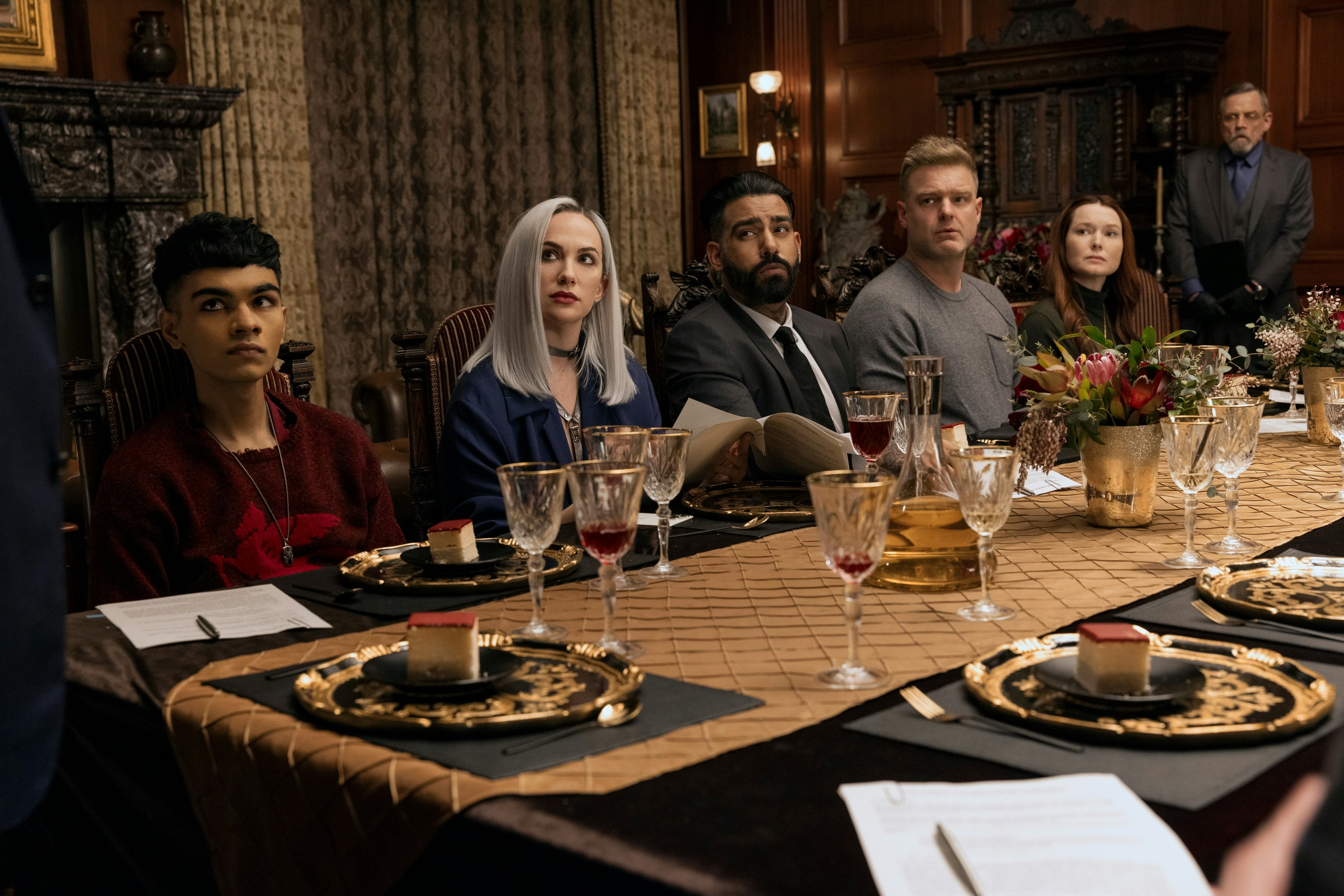
It’s no secret that streaming changed the way we watch television. When whole seasons of television are available at your fingertips, terms like “binge watch” quickly become part of the vernacular. It seemed like suddenly, TV shows were meant to be consumed as whole products instead of weekly installments.
But while this shift was great for the instant gratification of audiences, it led to a bad habit for modern television that is increasingly difficult to avoid. But even though it was given a “binge model release,” one series managed to avoid this trap and create a story that’s both innovative and retro at the same time.

Mike Flanagan’s The Fall of the House of Usher is the evolution of a “Flanaverse” staple: redefining the meaning of adaptation. In this case, instead of adapting a specific story, The Fall of the House of Usher incorporates the author’s entire body of work into an overarching storyline. While the first episode establishes the framing device of Roderick Usher telling his old friend C. Auguste Dupin about how he doomed his family to horrible deaths, every episode after focuses on the death of another family member — each grisly demise an adaptation of a different work of Edgar Allan Poe.
While this is innovative in terms of adaptation, it’s also a very unusual structure for a TV series, especially a streaming miniseries. In modern TV, stories are often serialized, meaning each episode isn’t bound by a unifying theme, but instead is just a chapter of a longer story. The Fall of the House of Usher follows an episodic structure, meaning each episode contains its own self-contained story.
The move from episodic to serialized television has been slow but constant. While streaming shows started treating episode breaks as nothing but a 10-second countdown between chapters, even non-streaming series like Game of Thrones resorted to a serialized model where each episode simply jumped from storyline to storyline with no theme.

Even though The Fall of the House of Usher could have absolutely been one long story divided into chapters, Flanagan chose to revert back to the old art of the self-contained episode. Not only does this make for a more interesting structure, but it also allows a viewer to watch the series in chunks. While you could watch the series in one sitting, having each episode stand on its own means nothing is missed by taking breaks at points.
The Fall of the House of Usher proves that TV ain’t broke, so it doesn’t necessarily have to be fixed. While long stories told in one stretch have their place, the episodic structure shouldn’t become a lost art relegated to crime procedurals and “monster-of-the-week” CW shows. If anything, it’s the sign of a more sophisticated show that took the time to give the plot scaffolding to build off of.







